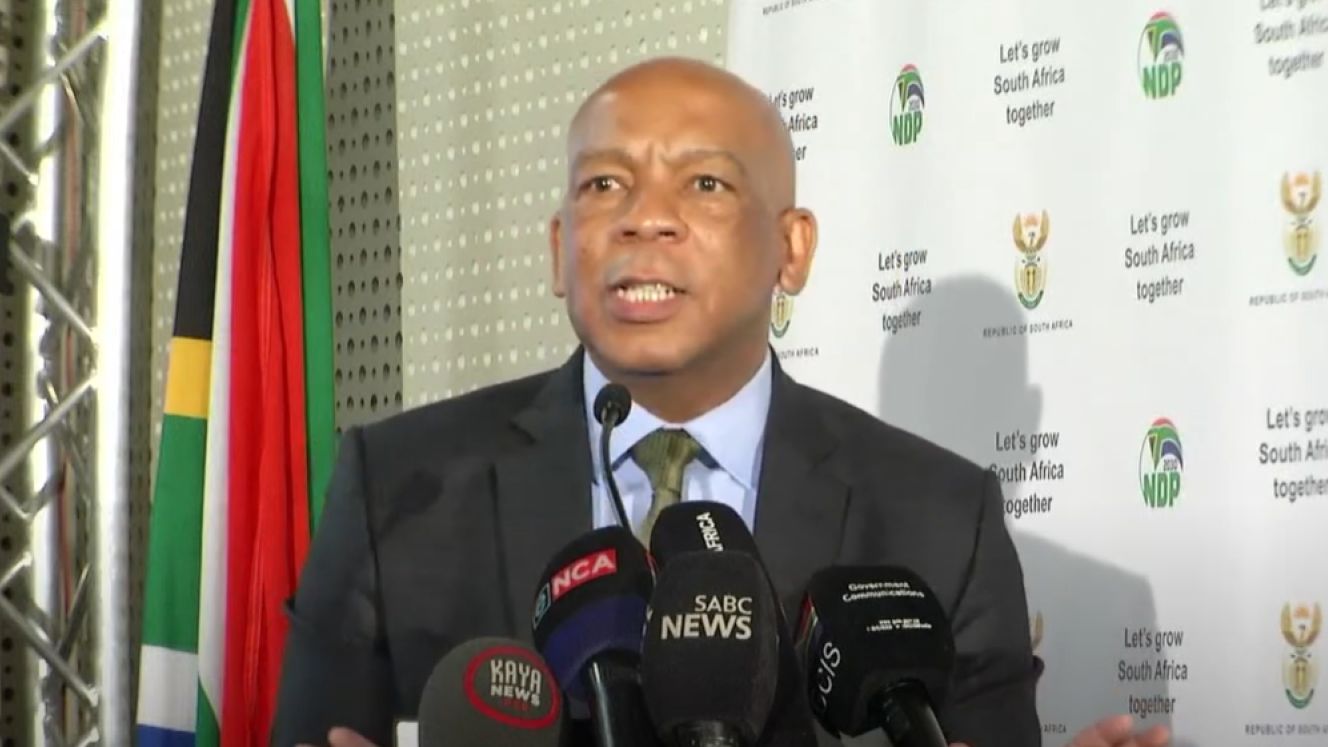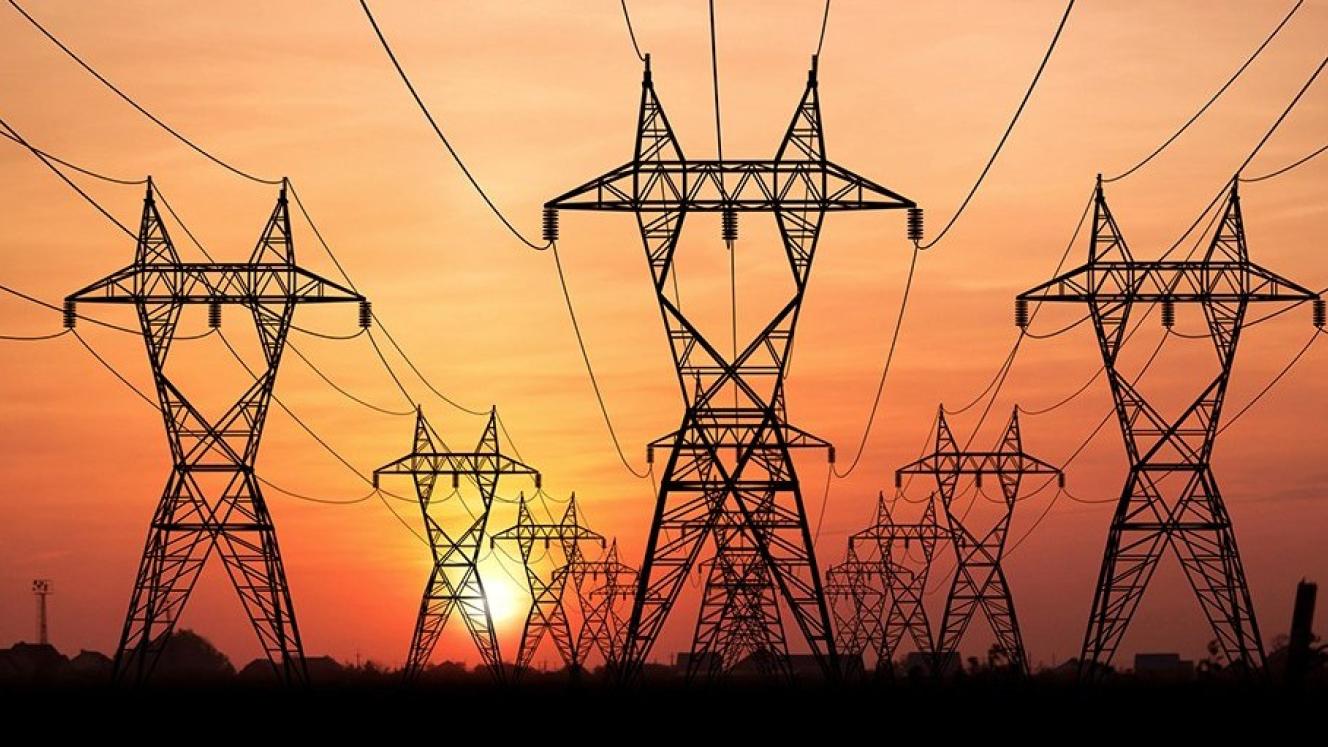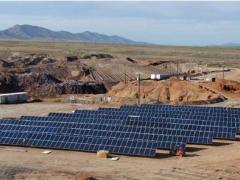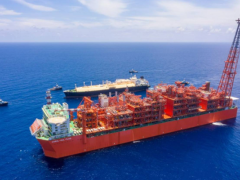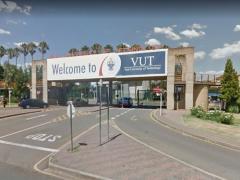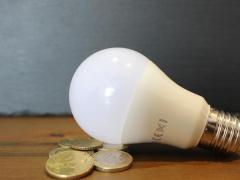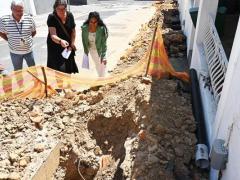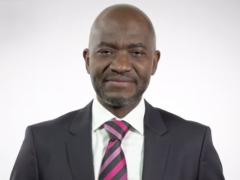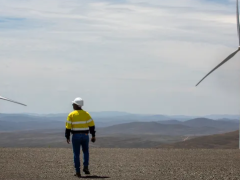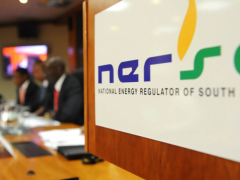The Integrated Resource Plan (IRP2024) has been updated following extensive public consultation. The updated plan, which serves as South Africa’s blueprint for energy generation and policy, incorporates critical adjustments based on feedback from over 4 300 submissions.
“We received substantive comments from civil society, academia, and government institutions across the country,” said Minister of Electricity Kgosientsho Ramokgopa. “These inputs highlighted concerns about implementation, alignment of objectives and the plan’s impact on South Africa’s energy future.”
Key Updates to the IRP
The updated IRP addresses several concerns raised during the public engagement process:
- Progress measurement and implementation: Stakeholders expressed a need for clear mechanisms to track the IRP’s progress and ensure accountability in its execution.
- Policy alignment: Submissions pointed out misalignments between the IRP’s objectives and South Africa’s broader energy policies, particularly regarding the balance of the energy mix and commitments to reduce CO2 emissions.
- Cost assumptions and methodologies: Concerns about the financial assumptions underpinning the draft IRP were raised. Ramokgopa acknowledged that the original plan was developed amid a generation crisis, necessitating extraordinary measures to resolve load shedding by 2027.
- Transmission and distribution: The revised IRP now includes a stronger focus on the costs and infrastructure needed to integrate new generation capacity, an area flagged as insufficiently addressed in the draft version.
One of the most notable changes in the updated IRP is the increased allocation for renewable energy, including 69 to 76 GW of wind energy. “While it looks like the plan has been developed with transmission considerations, the only question that remains is how the National Transmission Company South Africa (NTCSA) will effectively integrate these ambitious new generation capacity plans. This is particularly critical given the severe impact of grid constraints on wind energy in wind-rich areas over the past three years,” says Niveshen Govender, CEO of the South African Wind Energy Association (SAWEA).
The Energy Council of South Africa welcomed the updates, commending the balanced approach reflected in the revised IRP. “The energy trilemma – affordability, sustainability, and energy security – has clearly been incorporated as a key focus,” the council said.
The next step involves the Ministry of Electricity engaging directly with stakeholders to explain how their feedback has been integrated into the IRP. This targeted consultation is set to take place over the coming week. The finalised IRP2024 will be presented to the cabinet in early 2025, with gazetting expected in the first quarter.
“The revisions are a critical step toward aligning South Africa’s energy planning with its developmental and climate objectives,” Ramokgopa concluded.
